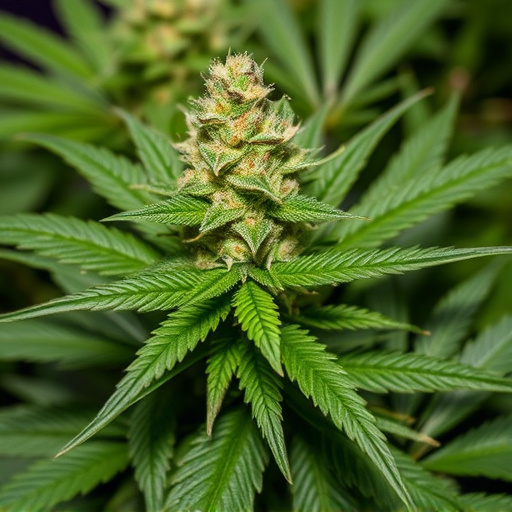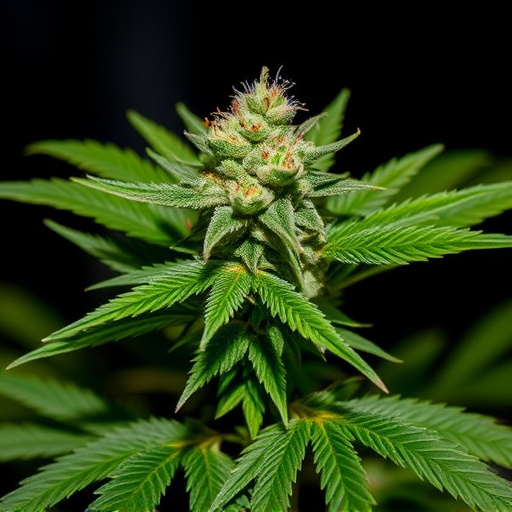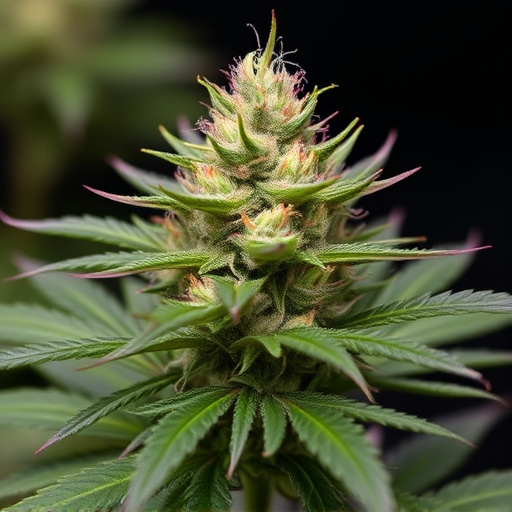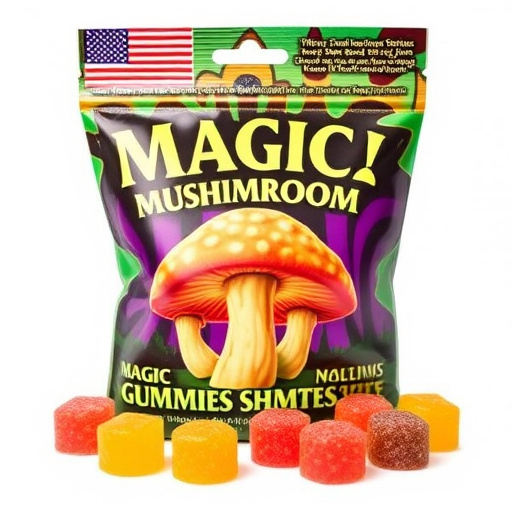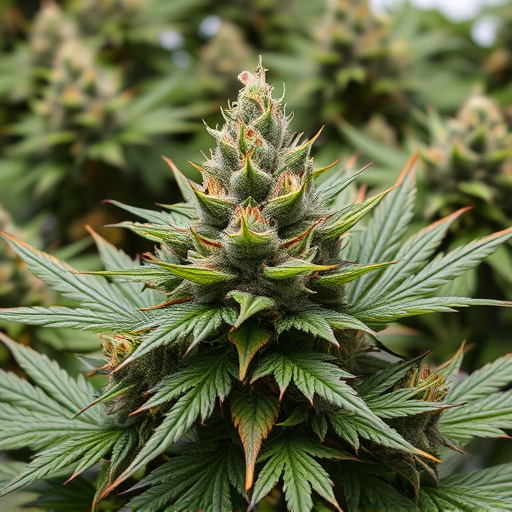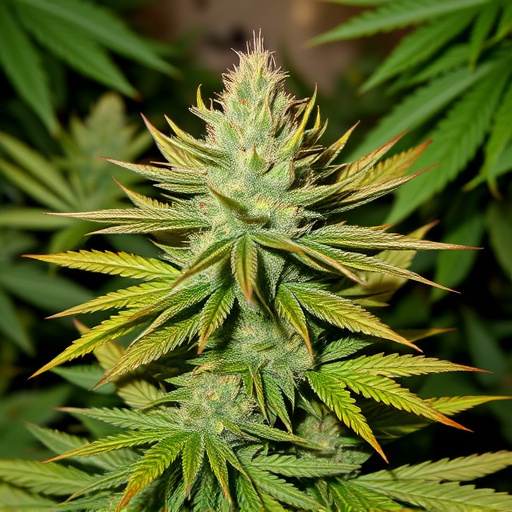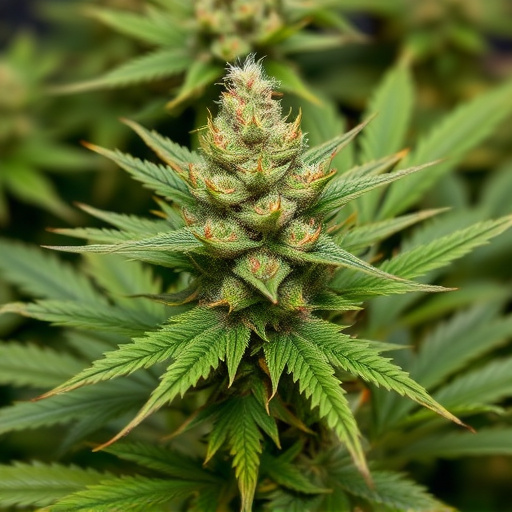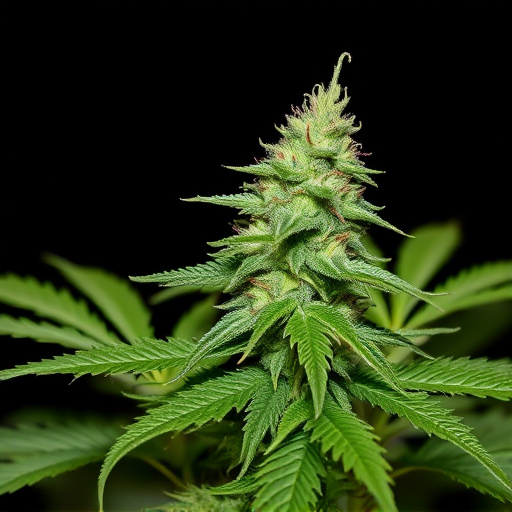Weed, or cannabis, can unexpectedly appear in drug tests, affecting job prospects, legal outcomes, and personal reputations. Understanding how cannabis shows up in these tests is crucial for awareness and preparation. This article explores three key areas: common drug testing methods and their detection capabilities, the potency differences between old school and modern cannabis strains, and effective strategies to minimize risks of failing drug tests. By delving into these topics, we empower individuals with knowledge to make informed decisions regarding cannabis use.
- Types of Drug Tests and How They Detect Cannabis
- – Explanation of common drug testing methods (urine, saliva, hair folicle) and their sensitivity to detect THC and its metabolites.
- Old School Cannabis Strains and Their Potency
Types of Drug Tests and How They Detect Cannabis
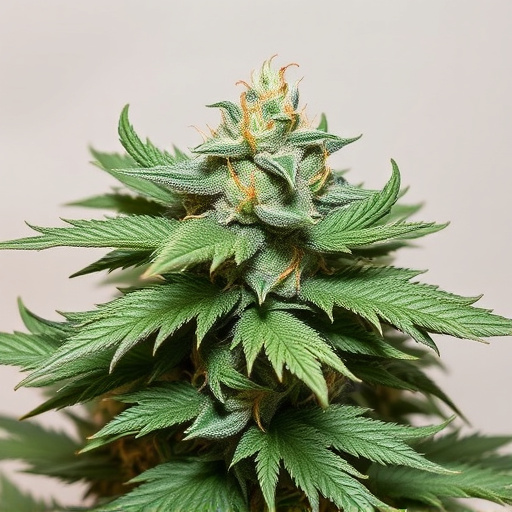
Drug tests have evolved significantly over time, from simple urine analyses to more advanced techniques capable of detecting a wide range of substances, including cannabis. Traditional methods often rely on immunoassays, which use antibodies to identify specific chemical markers associated with drugs. These tests are commonly used in workplace settings and legal contexts. However, newer technologies, such as gas chromatography-mass spectrometry (GC-MS), offer enhanced accuracy and sensitivity, capable of detecting even trace amounts of cannabis compounds like THC (tetrahydrocannabinol) and CBD (cannabidiol).
When it comes to identifying cannabis, especially in the context of old school strains known for their higher THC content, these advanced tests play a crucial role. While older methods might not always accurately detect low-level consumption or metabolites remaining in the system, modern drug testing technologies can distinguish between different cannabinoids and terpenes, providing more precise results. This is particularly relevant given the growing legalization of cannabis for both medicinal and recreational use, leading to increased prevalence and diverse consumption methods.
– Explanation of common drug testing methods (urine, saliva, hair folicle) and their sensitivity to detect THC and its metabolites.
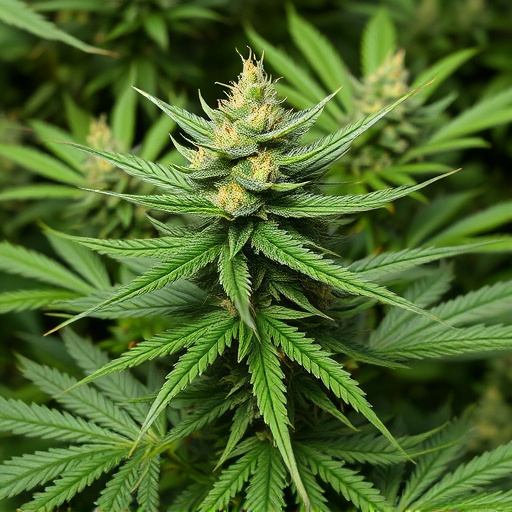
Drug testing methods have evolved over time, with various techniques now available to detect substance use. Traditional methods include urine testing, which is widely used and relatively inexpensive. However, it’s less sensitive when it comes to detecting THC (tetrahydrocannabinol) and its metabolites, especially in users of old school cannabis strains that have higher concentrations of THC.
Saliva tests offer a more recent approach, providing faster results and improved accuracy. They can detect THC and its byproducts for a shorter period after use compared to urine testing. On the other hand, hair follicle analysis is considered the most advanced method, capable of identifying substance use over an extended period. This makes it particularly useful for comprehensive drug screening, especially in cases where old school cannabis strains are involved, as their unique chemical profiles can be identified through this method.
Old School Cannabis Strains and Their Potency
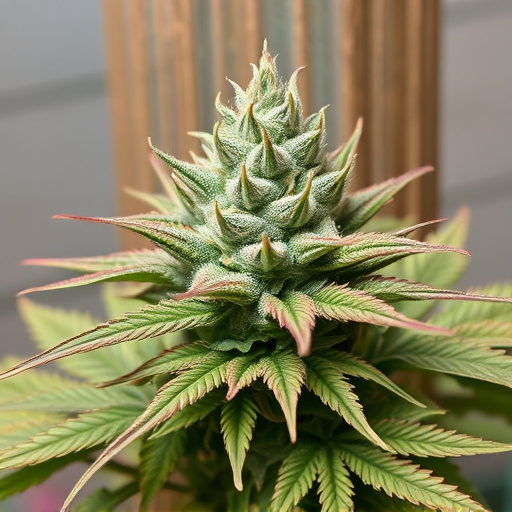
Old school cannabis strains, those that have been around for decades and are often cherished by long-time users, typically contain higher levels of THC than modern hybrids. THC, or tetrahydrocannabinol, is the primary psychoactive compound in cannabis responsible for its intoxicating effects. Strains like Original Kush, Northern Lights, and Acapulco Gold, are examples of old school varieties known for their potent THC content, often exceeding 20%.
These classic strains have been cultivated over time to enhance their potency and unique medicinal properties. Their high THC levels can lead to more intense psychological effects, making them popular among recreational users seeking a stronger experience. However, it’s important to remember that higher potency also increases the risk of adverse reactions, especially for inexperienced consumers.
In conclusion, understanding how weed shows up in drug tests is crucial for those seeking to navigate potential employment or legal scenarios. Common drug testing methods, including urine, saliva, and hair folicle analysis, each have varying sensitivities in detecting THC and its metabolites. Moreover, the evolution of old school cannabis strains has significantly increased potency levels, necessitating a heightened awareness of these facts. By staying informed about these aspects, individuals can better prepare for potential challenges and ensure fairness in testing processes.
